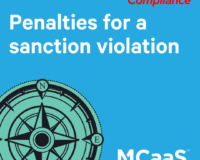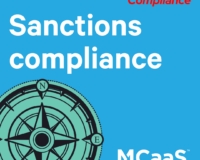
Sanctions vary situationally, geographically and politically. As a result, there are different types of sanctions imposed, including but not limited to environmental, diplomatic, military and economic.
Sanctions and other restrictions can be imposed through some of the following measures:
- Tariffs – a government-imposed tax on the import of goods and services from a country. This increase in price aims to make imports less desirable compared to domestic goods and services from other countries.
- Quotas – limiting the number of goods that can be imported or exported from a country.
- Asset freezes – the prevention of access to bank accounts and currency reserves, as well as the ability to block the sale of owned physical assets. This method is often associated with domestic inflation and currency devaluation when enforced on a large scale.
- Trade embargoes – often referred to as ‘the most severe form of sanction’. This method involves an outright ban being enforced on specific trade with the sanctioned country.

These means of implementation apply to and affect the whole supply chain including the wider maritime industry. The onus is on the individual companies to ensure they are acting responsibly to mitigate the risk of sanctions evasion.
Shipowners, operators, charterers, as well as port authorities, should be mindful of the importance of sanctions compliance.
There are numerous ways maritime player can help mitigate against malicious attempts. Whether it is the regular monitoring of a vessel and areas any “dark periods”, enhanced cargo screening or ownership screening checks against sanctions lists, proactive actions and steps can be and should be taken.
These are some of the many ways in which entities can demonstrate compliance practices to mitigate the risk of violation and to signal their stance when it comes to sanctions compliance.
The adoption and use of digital technology aids and solutions can be extremely helpful in this process. The consequences of a breach or neglect can lead to serious damage including but not limited to reputational, criminal charges and even company and vessel blacklisting.
In order to protect against the many associated risks, companies should consider the combination of a minimum framework, a sanctions compliance program as well as the use of the tools and many solutions that exist to streamline processes. Further details of all the areas discussed within the text can be found within the full report discussing how to handle this rapidly changing landscape.
Want to learn more about maritime sanctions compliance?
Further details of the areas discussed within this article can be found within our latest report ‘Maritime Compliance – The rapidly changing maritime sanctions compliance landscape’. This guide to industry includes discussion on the landscape as well as sanctions compliance measures and how best to mitigate against the many associated risks.


















